Louis Sognot (1892-1969) studied at the Bernard Palissy school before working for Jansen, where he learned the fundamentals of traditional cabinetmaking. He then joined Krieger and worked on fitting out small spaces, such as ocean liner cabins, for which he became interested in the functional aspect of furniture.
In 1920, Louis Sognot joined Primavera, which he ran until 1930 with Charlotte Chauvet-Guilleré. Influenced by Cubism, his furniture was solid and veneered with beautiful woods. In 1930, he joined the Union of Modern Artists. Seeking to make his creations useful and accessible to all, the decorator constructed and invented, incorporating modern materials such as duralumin, mirror, and glass into his furniture designs. Thus, in 1932, Louis Sognot and Charlotte Alix presented the Lakarmé as a pioneer; a fireproof, lightweight molded plastic that offered great freedom of form. In 1935, a major commission enabled the two decorators to definitively mark the history of design: the architect Eckart Muthesius was building the Palace of the Maharaja of Indore and commissioned them to create various pieces of furniture that would become true masterpieces of the modernist style. That same year, Louis Sognot also collaborated on the design of the ocean liner Normandie, another Art Deco monument.
After the war, in a context of difficult reconstruction, Louis Sognot sought to develop clever and functional furniture, colorful and of high quality, which took into account recent data relating to housing. He thus worked with new or inexpensive materials, such as rattan. Louis Sognot collaborated with Serge Mouille on lighting, Maurice Rinck, and Charles Wagner, who produced his furniture. He also taught at the Ecole Boulle, the École nationale supérieure des Arts décoratifs, and the École de l'Union centrale des Arts décoratifs. His influence spread far beyond his many students.



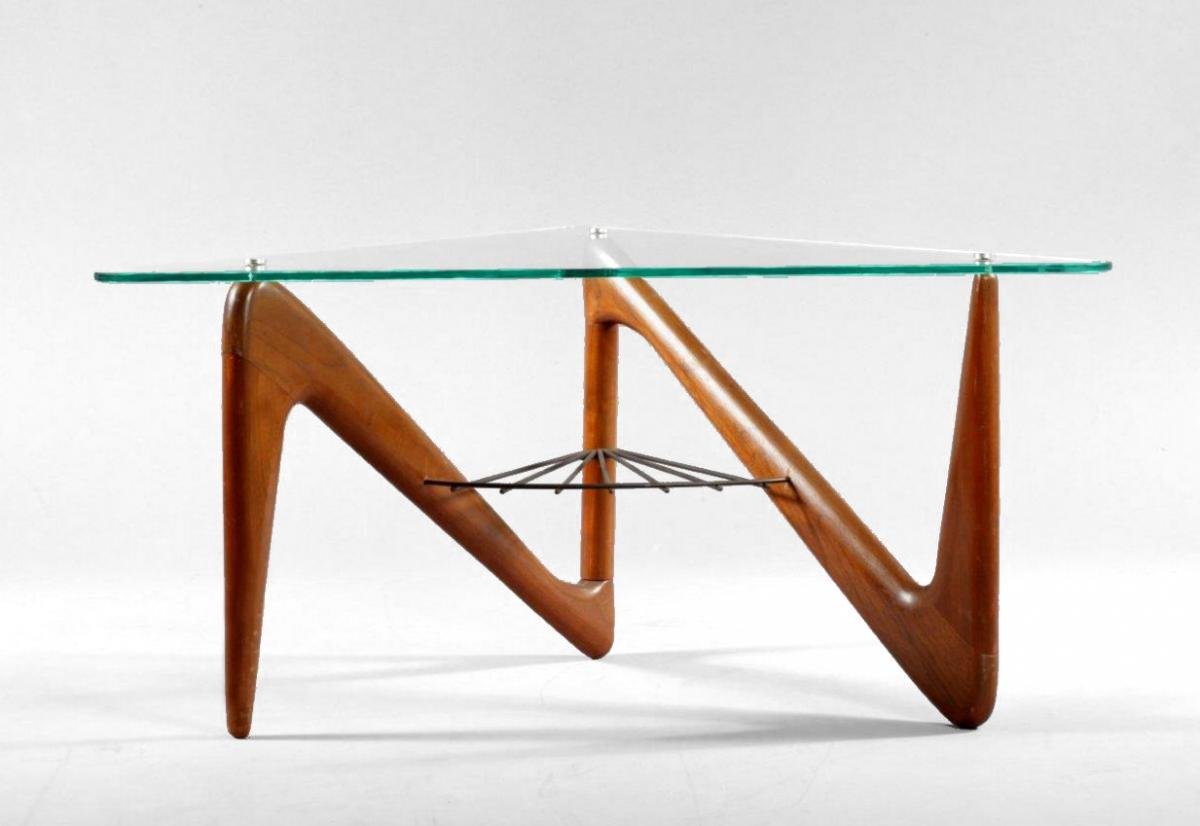
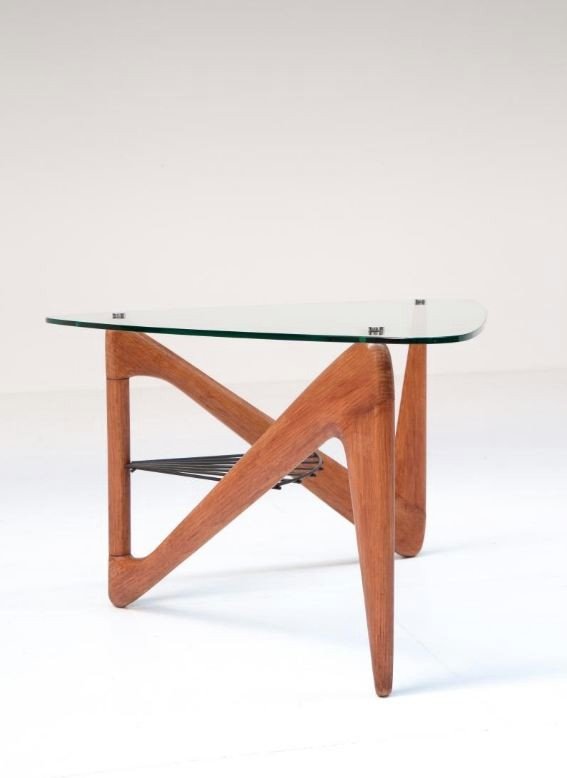

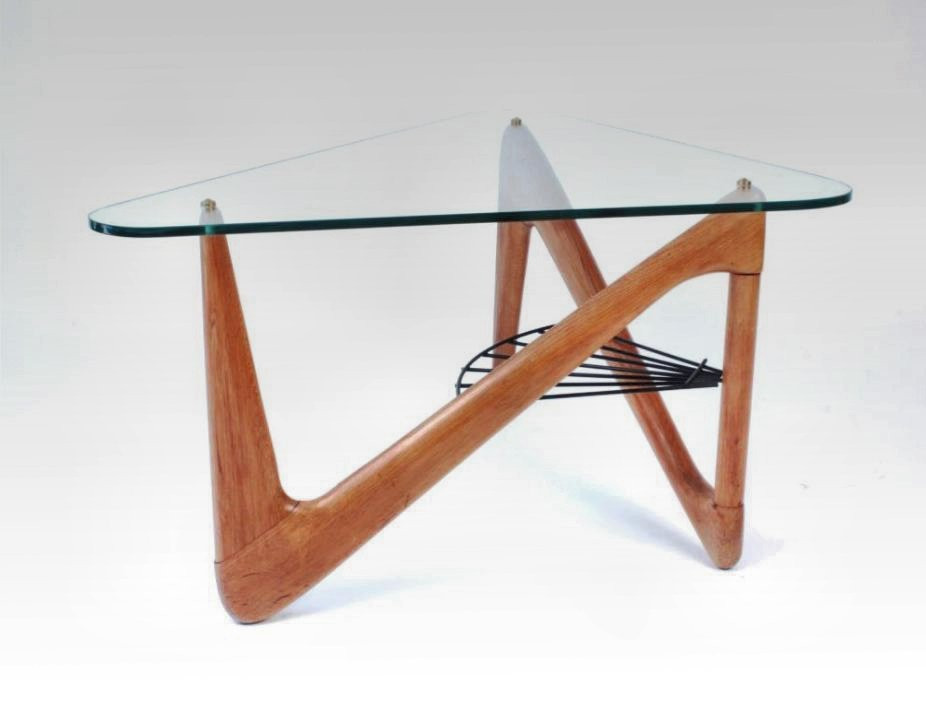
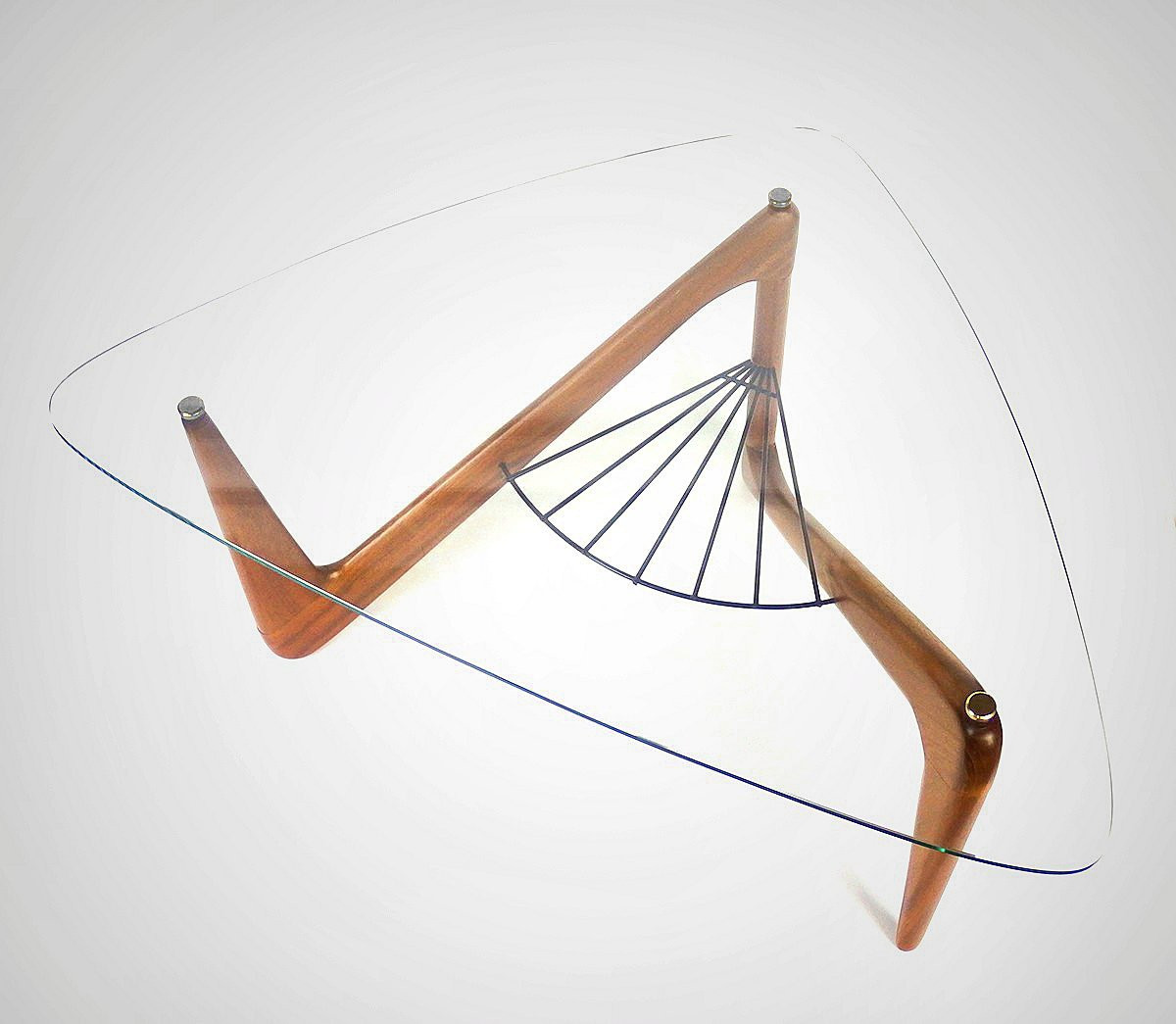

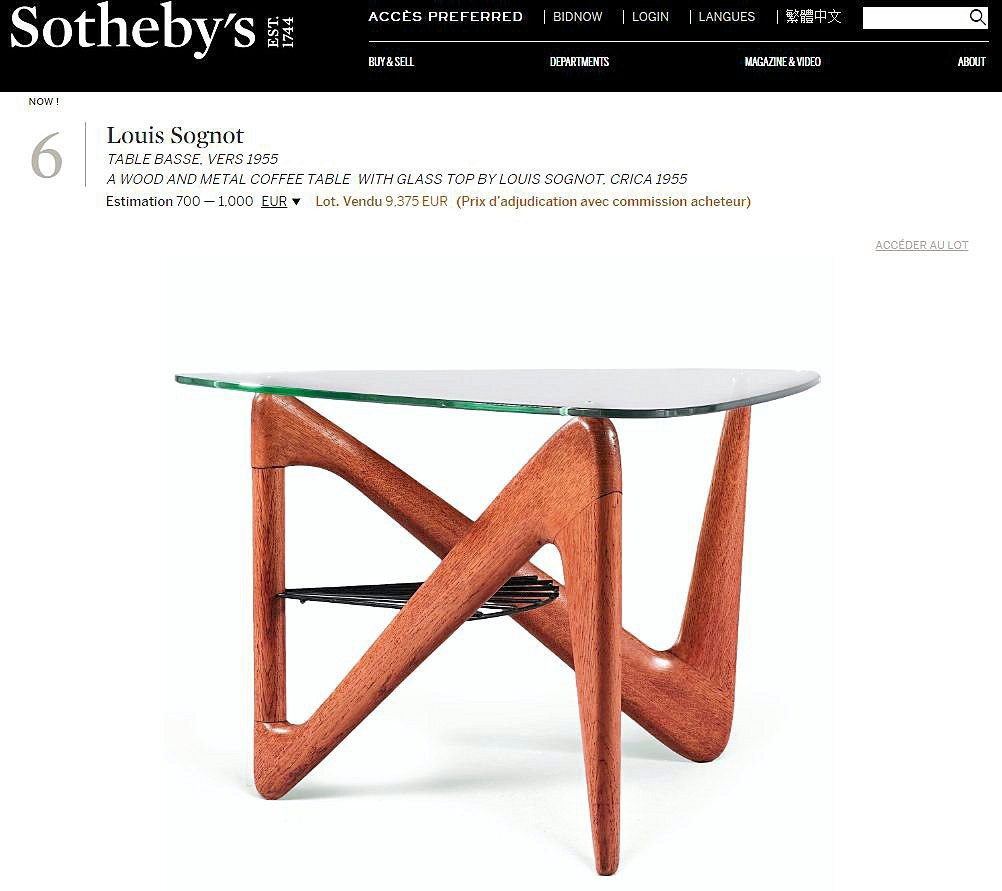

















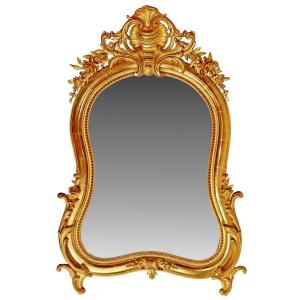


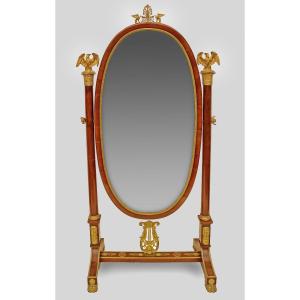
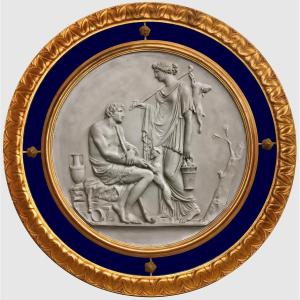

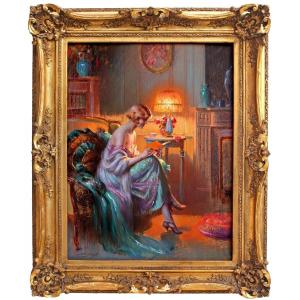

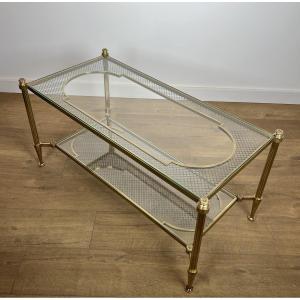
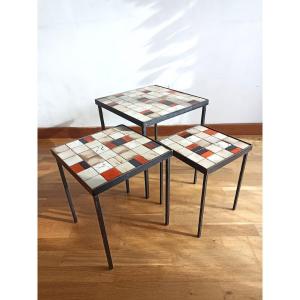

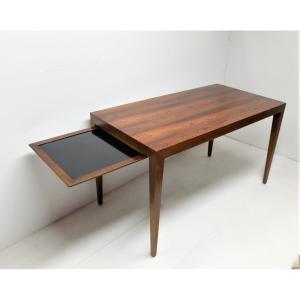



 Le Magazine de PROANTIC
Le Magazine de PROANTIC TRÉSORS Magazine
TRÉSORS Magazine Rivista Artiquariato
Rivista Artiquariato